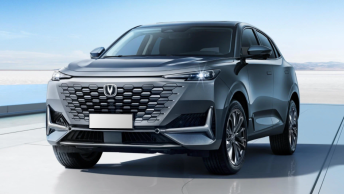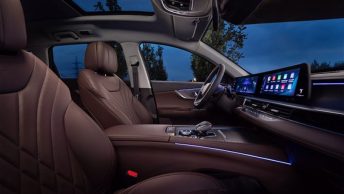WW2 Service
The Norwegian mission that the M29 was designed for never took place. This did not mean that time had been wasted on the vehicle, as it soon found use in multiple roles, in multiple theaters, and by multiple countries.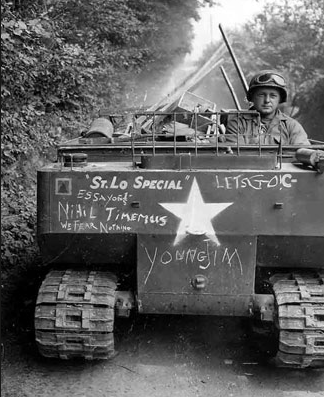 An American Weasel in Normandy, 1944. Photo:WW2 in Color
An American Weasel in Normandy, 1944. Photo:WW2 in Color
The United States used the vehicle extensively during World War Two. It was used in Italy, the Western Front, and even in the Pacific. It saw action during the Normandy landings, St. Lo, and the Battle of the Bulge. It proved its usefulness at the engagements on the Ruhr and Rhine, where it was able to cross the thick, sticky river mud. In the Pacific, it was used by the United States Marine Corps (USMC) at Iwo Jima and Okinawa, where it proved capable of crossing loose sand, and the harsh tropical island terrain where the Marine Corps’ jeeps wouldn’t dare venture.
The use of the M29 Weasel as a universal vehicle soon became clear to the Americans. They used it regularly as a light troop carrier and cargo hauler, and also as a mobile command center, ambulance, and to lay telegraph wires. One of its major attributes was its ability to cross minefields, as its low-ground pressure was often not enough to trigger the anti-tank mines. The ground pressure was still more than enough to trigger anti personnel mines which could easily split a rubber track.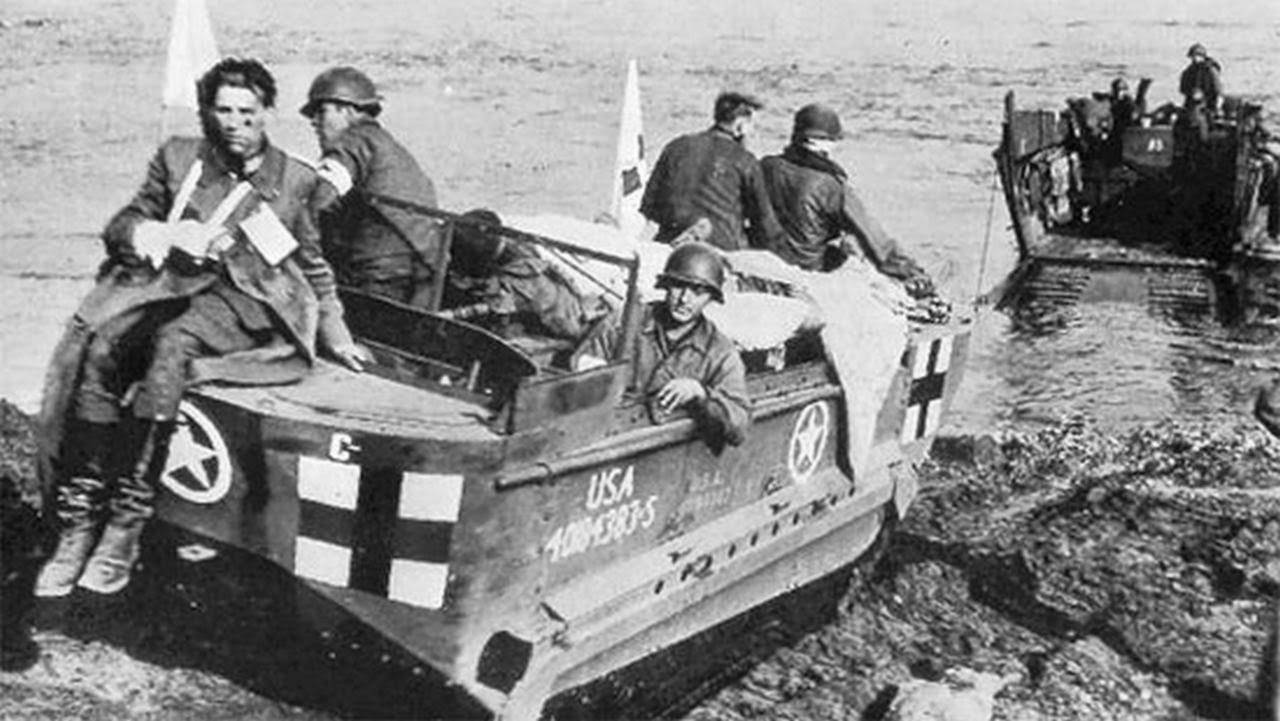 An M29C in an ambulance role on the Rhine
An M29C in an ambulance role on the Rhine
Variants
M29C Water Weasel
The M29C was the main variant of the Weasel. The M29 was already partly amphibious, able to traverse shallow and calm waters such as rivers and streams, but could not operate in rough, sea like waters. The M29C amended this issue, with the addition of buoyancy aids in the rear of the hull as well as two rudders. Removable pontoons were also added to the front and rear and changes were made to the treads of the track links to allow it to propel itself in water, although it was very slow. This still didn’t make the M29 capable of seaborne amphibious landings, but allowed to be more stable in deeper or slightly rougher inland waters.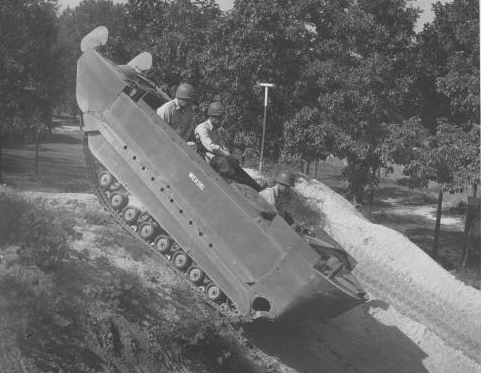 The M29C Water Weasel during testing.
The M29C Water Weasel during testing.
M29/M29C Type A, B and C
These variants were all virtually unchanged from the standard M29/M29C, the only difference being that these were armed versions. The Type A featured a center-mounted 75mm M20 recoilless rifle. The Type B featured a rear-mounted 75mm Recoilless Rifle. The Type C featured a center-mounted 37mm Gun M3, the same gun used in the M3/M5 Stuart Light Tanks.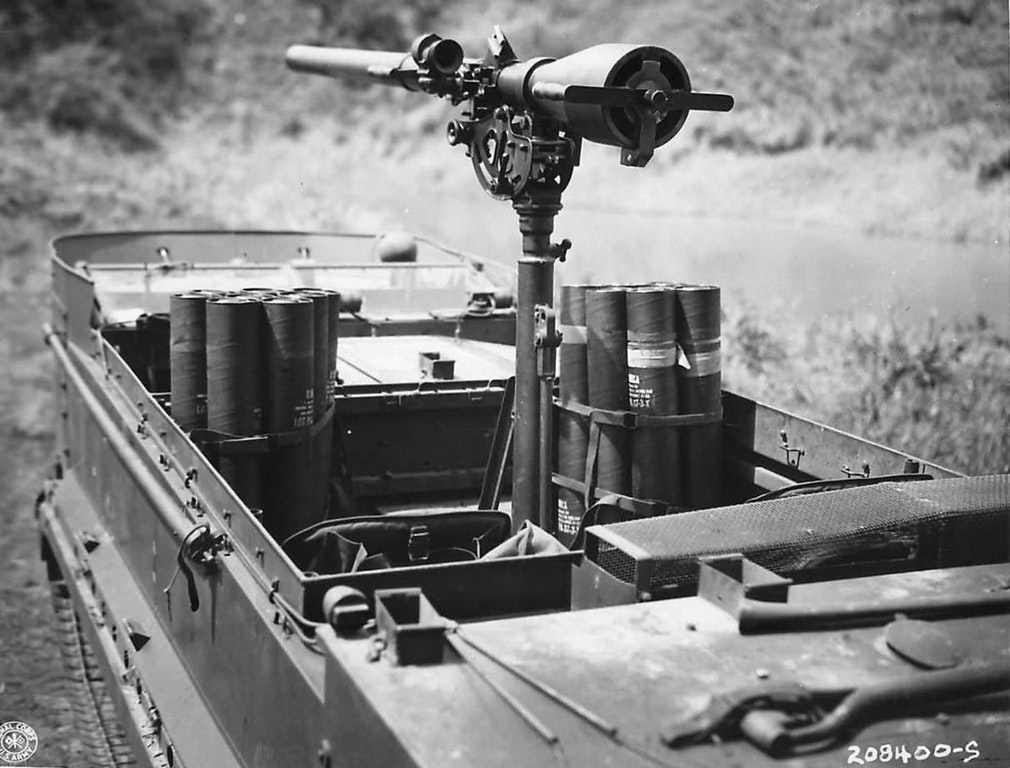 A Water Weasel armed with a 75mm Recoiless Rifle. Photo: TankPorn of Reddit
A Water Weasel armed with a 75mm Recoiless Rifle. Photo: TankPorn of Reddit
The standard M29 Weasel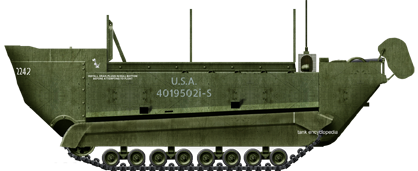 The amphibious M29C Water Weasel. Both illustrations are by Tank Encyclopedia’s own David Bocquelet.
The amphibious M29C Water Weasel. Both illustrations are by Tank Encyclopedia’s own David Bocquelet.
Design
The proposed design was designated T15, with the finalized design receiving T24. It was soon accepted and became the M29, a simple vehicle consisting of little more than a box on tracks. The Studebaker company would go on to build almost 16,000 M29s. Key elements of its design required that it be air-transportable, able to withstand the impact of a parachute drop, and able to carry enough supplies for a small commando team. It was powered by a 70 hp Studebaker Model 6-170 Champion 6-cylinder engine which propelled the vehicle to 36 mph (58 km/h), a speed it could sustain over most terrain types.
Suspension for the M29 consisted of rear mounted drive wheels (and transmission) with idlers in the front that were lower, giving the running gear the appearance of leaning forward. It featured four, two-wheeled bogies on each side, with two track return rollers. It had wide tracks from 15″ (380 mm) to 20″ (510 mm). This gave the Weasel a very low ground pressure of just 1.9 psi (Pounds Per Square Inch)a benefit in crossing soft ground. The tracks consisted of long metal plates connected by inner rubber bands, with a total of four bands per track, two on the outer edge and two in the center with a center guide horn. The bogie wheels ran on the center bands and. the outer face of the tracks featured two rubber blocks per link for grip on road surfaces.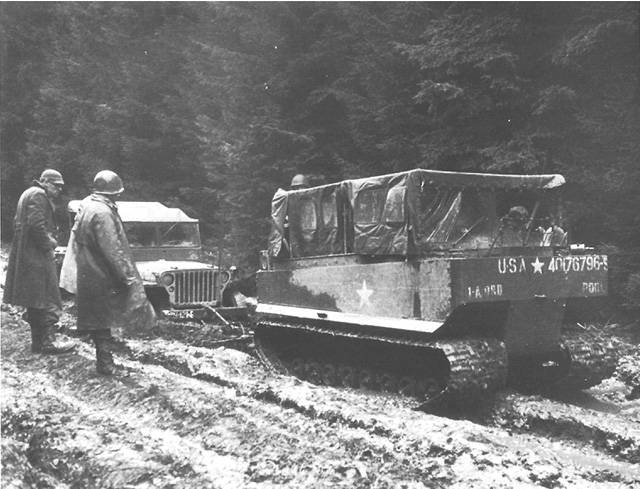 A Weasel freeing a Willys Jeep from thick mud.
A Weasel freeing a Willys Jeep from thick mud.
The M29 was operated by one driver and could carry three passengers. The driver was positioned in the front left with the engine compartment to his right and a row of three seats in the rear for the passengers. Though officially an unarmed vehicle, Browning M1919 .30 cal or .50 cal M2HB Machine Guns were often mounted for some form of offensive/defensive capability.
Немного предыстории
Появление британо-американского проекта легкого гусеничного вездехода (снегоболотохода) «Визель» прямо связано с событиями первого года Второй мировой войны, хотя разработка легких транспортных машин высокой проходимости для действий в особых условиях велась 80 многих странах, включая США, задолго до того. На фоне быстрого развития моторизации и механизации в 1920-1930-е гг
плавающие гусеничные машины как средства переправы через водные преграды и работы на болотистой или затопленной местности привлекали широкое внимание
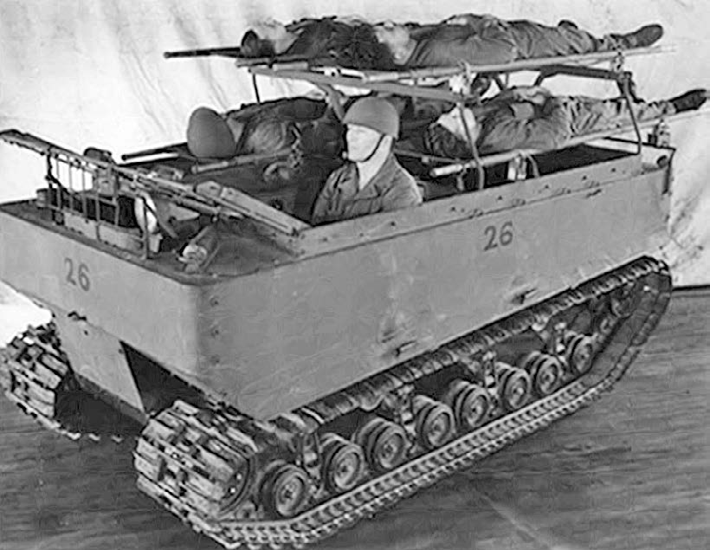
М29 в санитарно-эвакуационном варианте с размещением носилок в два яруса.
В СССР в 1924 г. инженер-конструктор Н.С. Ветчинкин подал заявку на изобретение самоходной «водосухопутной повозки» (патент выдан в 1929 г.). Эта машина должна была иметь корпус в форме плоскодонной лодки, причем на суше носовая и кормовая части корпуса, представлявшие собой поплавки-понтоны, откидывались на шарнирах вверх, чтобы не затруднять движение. «Повозка» опиралась на две гусеницы с жесткой подвеской, движение на плаву осуществлялось за счет вращения гусениц. Ветчинкин предлагал использовать свою машину «в горноразведочном и строительном деле,… для бурения скважин, для лесных работ,… для вспашки полей», а также для транспортировки артиллерийских орудий, грузов в экспедициях и т.д.
В США в 1937 г. техник Дж.Е. Пауэл из Калифорнии запатентовал гусеничную амфибию с грузоподъемностью легкого автомобиля «для перевозки грузов, пассажиров, вооружения, спасательного оборудования или использования в качестве тягача». Он предлагал использовать гусеницы в виде бесконечных роликовых цепей с укрепленными на них гибкими гребками «из кожи или другого соответствующего материала». По сообщению «Нью-Йорк Тайме», машина Пауэла должна была развивать на суше скорость до 60 км/ч, на плаву-до 16 км/ч.
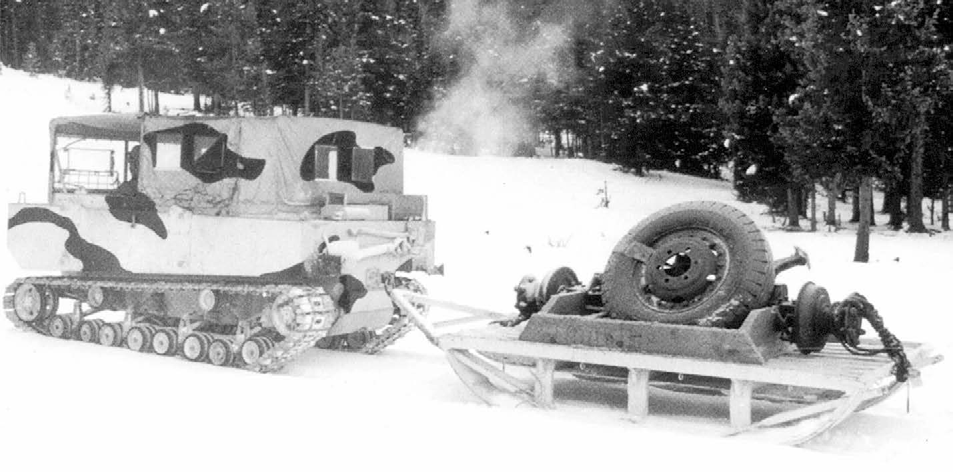
Опытный транспортер Т24 из состава 10-й горной дивизии США буксирует сани с автомобильными запчастями.
After WW2
The Weasel remained in service after the Second World War. In 1946, there was a plan for the US Army to use the Weasel to rescue the victims of the C-53 Skytrooper crash on the Gauli Glacier but the Swiss Air Force managed to rescue the victims first. With the US Army, they would go on to serve in the Korean War. Despite plans to replace the Weasel with the M76 Otter, it carried on in service.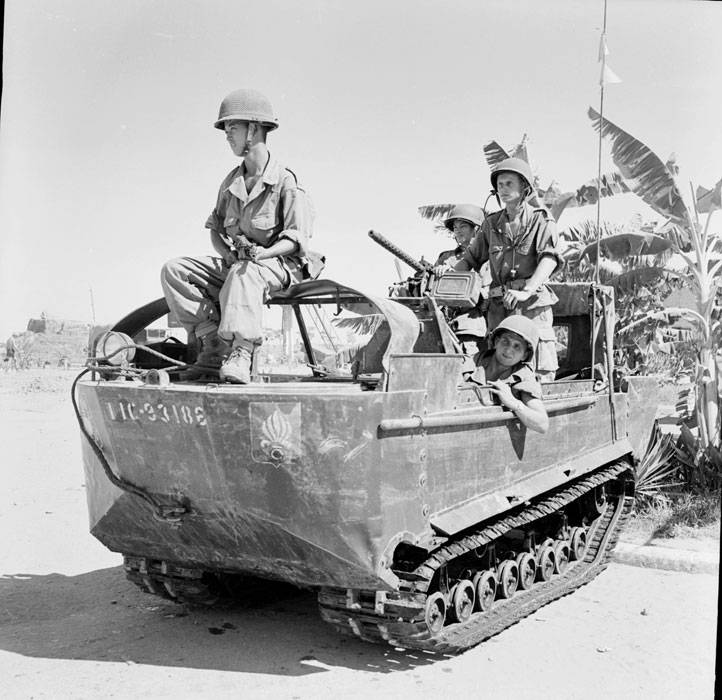 French M29C in Vietnam
French M29C in Vietnam
In 1947, the French Army used the M29 in the First Vietnam war, where the 1er Régiment Étrangers de Cavalerie were equipped with the M29C variant. They armed them with multiple types of weapons, from the Chatellerault M1924/29 and Browning M1919 machine guns to 57mm recoilless rifles. The M29 would remain in service with French mountain troops and Gendarmerie as late as 1970.
History
Here is something you don’t see every day, but may see it being driven around Estrella Warbirds Museum! In the early part of WW II, Studebaker made a tracked personnel carrier, which was the predecessor to the Armored Personnel Carrier (APC). As a tracked vehicle, it was originally designed to be driven in the snow (M-29). When float tanks and a front splash guard were added, it was designated M-29C to allow for additional transport across water surfaces and use as a landing craft.
The Weasel idea was introduced in 1942, when the First Special Services Force needed transportation into Norway to knock out strategic power plants. The vehicle needed to move quickly and easily through the winter snows of Norway. It needed to be air transportable and be able to withstand the effects of being dropped by parachute and would also be able to carry arms, explosives and minimal resupply stocks.
The Norwegian mission was cancelled and therefore the Weasel was never used for its original intention. However, as it was amphibious and could cross terrain too soft for most other vehicles, it was used widely in both Italy and on the Western Front. It went ashore on Normandy, it was with the U.S. Army during the breakthrough at St. Lo., the Battle of the Bulge and in the mud of the Roer and the Rhine. M29 was a Cargo Carrier but was also used as a command center, radio, ambulance and signal line layer. US soldiers soon realized the Weasel could be used as an ambulance, as it could get to places not even Jeeps could. Another use was for crossing minefields, as its ground pressure was often too low to set off anti-tank mines.
The reliability of the vehicle when used in the European summer and during long road trips was the subject of consternation among Allied troops to whom they were assigned. The commander of the 87th Chemical Mortar Battalion left the note below during their advances towards La Ferte-Mace on D+69:All companies are having a great deal of trouble with the M-29 Cargo Carriers on long movements such as the ones Companies C and D have made in the past several days. The Cargo Carriers have been overheating and, in several cases, the water has completely boiled out of the radiators. These vehicles were made to operate in arctic temperatures. The motor becomes so hot that the oil in the transmission literally boils and boils out. Plates are coming off the tracks and the cables that hold the tracks together break on these long movements. All in all, the efficiency and mobility of this battalion is greatly reduced by our being required to operate with such a vehicle, not only because it is inefficient but because it was never intended to operate in this climate or on hard and paved roads.
— 87th Chemical Mortar Battalion Unit History (14th August, 1944)
Вездеход для специальных задач
После своего поражения в Норвегии в 1940 г. британцы заключили, что, во-первых, им придется высаживать там группы специального назначения для проведения диверсий, а во-вторых, у них нет снегоболотоходной техники для действий в условиях Скандинавии. Энергичный журналист и изобретатель Дж. Пайк убеждал представителей британского Командования комбинированными операциями использовать в таких рейдах гусеничные «мотосани».
Джефри Пайк, человек эксцентричный и даже не совсем психически здоровый, являлся, тем не менее, плодовитым изобретателем. Были среди его изобретений действительно «сумасшедшие» — вроде предложения британскому Адмиралтейству построить гигантский авианосец-айсберг из «пайкерита» (замороженной смеси воды и древесных опилок). В отношении наземной техники его идеи казались более реалистичными. Когда в 1942 г. сформировали американо-канадскую группу специального назначения, известную как FSSF (First Special Service Force — «Первые силы специального назначения»), Пайк продолжил уже в ее интересах продвигать идею легкого снегоболотохода с вместимостью обычного легкового автомобиля. Предлагались два варианта движителя — гусеничный или шнековый.
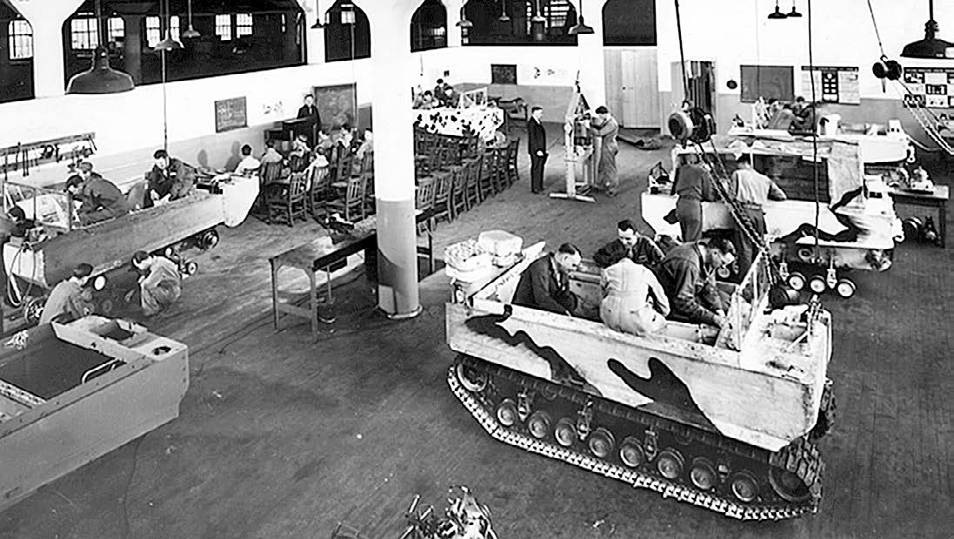
Инженеры и техники на сборке транспортеров «Визель» на заводе ««Студебекер Корпорэйшн».
17 мая 1942 г. состоялось совещание с участием представителей американского Объединенного комитета начальников штабов, британского Имперского генерального штаба и фирмы «Студебекер Корпорэйшн», на котором сформировали тактико-технические требования к новой машине. Она должна была сочетать вездеходность на уровне снегоболотохода с высокой скоростью движения, являться аэротранспортабельной (с учетом имеющегося авиатранспорта), а также перевозить, кроме нескольких бойцов, легкое вооружение и минно-подрывные средства. Американцев, впрочем, новая машина интересовала не только с точки зрения «специальных операций»: первоначальные успехи Японии на Тихом океане заставили их всерьез беспокоиться за безопасность Аляски с ее труднопроходимыми ландшафтами, требовавшими быстроходного и вездеходного войскового транспорта. Тревога за Аляску усилилась с захватом японцами Алеутских островов в июне 1942 г.
Опытная гусеничная машина Т15 была готова уже через 38 дней. Ей поспешили присвоить официальное обозначение М28 (также упоминается под индексом G154).
М28 имела коробчатый корпус с передним расположением двигателя, кабину со съемным тентом, отдельное грузовое отделение, гусеничную ходовую часть с блокированной подвеской, включавшей на один борт четыре опорных катка малого диаметра, подвешенных к корпусу на полуэллиптических листовых рессорах.
Испытания показали возможность уверенного движения машины по болотистой местности и придания ей плавучести. Однако представители министерства обороны США выдвинули ряд требований к М28: увеличение живучести агрегатов, уменьшение потерь мощности в движителе, улучшение охлаждения, расширение грузового отделения, совершенствование подвески, увеличение площади опорной поверхности гусеницы и улучшение ее сцепления с грунтом, возможность преодолевать крутые подъемы. В результате в июне 1943 г. появилась существенно измененная опытная модель Т24, принятая вскоре на вооружение под обозначением М29 «Визель» (Weasel, «Ласка», индекс — 6179). Журнал «Популярная механика», знакомя читателей с новой машиной в октябре 1944 г., обыграл ее имя в патетическом пассаже: «Эта низкая, коробчатой формы машина получила прозвище «Ласка» за свою возможность проводить налеты быстро и скрытно».
Испытания М29 прошли зимой 1943-1944 гг. Вскоре появилась плавающая модификация М29С, поначалу названная «Арк» (Ark — «ковчег», «баржа»), но в результате сохранившая имя «Визель». Простая конструкция и использование автомобильных агрегатов позволили фирме «Студебекер» выпустить до июля 1945 г., по одним данным, 15124 машины «Визель» (включая 766 М28, изготовленных в 1942-1943 гг.), а по другим — 15 892. Большую часть их составила модификация М29С.Так,за 1944 г. построили 4 201 М29С,за 1945-й — 6 446. Подготовили и дальнейшие заказы на М29С, но по окончании войны их отменили.
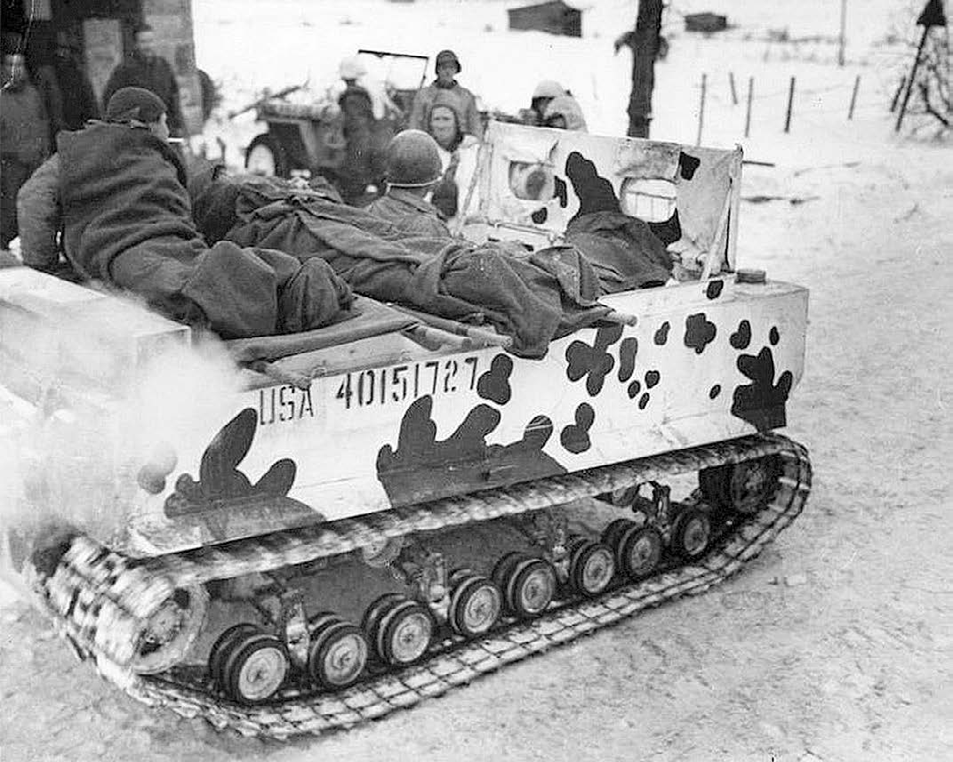
Американский транспортер М29 «Визель» в Бельгии, 1944 г.
Дизайн и развитие
Идея Ласки возникла в результате работы британского изобретателя Джеффри Пайка в поддержку его предложений по атаке сил Оси и промышленных объектов в Норвегии . План Пайка по воспрепятствованию немецкой программе создания ядерного оружия превратился в проект «Плау», для которого он предложил скоростное легкое механизированное устройство, которое будет перевозить небольшие группы десантников 1- го Силы специальной службы по снегу. На действительной службе в Европе ласки использовались для снабжения передовых войск на труднопроходимой местности, когда колесная техника была обездвижена.
Первые 2103 машины, обозначенные как T15, а затем отнесенные к категории M28 Cargo Carrier, имели 15- дюймовые (380 мм) гусеницы типа «резиновая лента» в стиле Кегресса, более поздняя версия, обозначенная как M29, имела 20-дюймовые (510-миллиметровые) гусеницы того же типа. формат. Версия T15 / M28 имела совершенно другой корпус и реверсивный привод по сравнению с более поздними версиями M29. Некоторые из наиболее заметных отличий заключались в том, что эта ранняя версия [T15 / M28] имела систему привода на передние колеса с задним двигателем; которые использовали более раннюю гусеницу, так же как и колеса тележки, имели совершенно иное расположение. Сам корпус был спроектирован немного иначе, рассчитан только на двух пассажиров. У M29 был передний двигатель, заднеприводная система с измененными гусеницами и другим расположением тележек. Корпус также был изменен, чтобы вместить большую пассажировместимость. M29 был чем-то вроде амфибии, но с очень низким надводным бортом; M29C Water Weasel был более амфибийной версией, с ячейками плавучести в носовой и кормовой частях, а также с двумя рулями направления. M29C не мог работать в других условиях, кроме внутренних водных путей, поэтому его использование в прибое или бурной воде было очень ограниченным, но действительно наблюдалось действие на Тихоокеанском театре военных действий. Простой способ отличить разницу от M28 и M29 – взглянуть на расположение колеи тележек по бокам.
Specification[edit]
- General
- Weight (fighting): 4,451 lb (2,019 kg)
- Shipping dimensions:
- Ground clearance: 11 in (280 mm)
- Ground pressure: 1.9 psi (13 kPa)
- Pintle height (loaded): 27.125 in (0.6890 m)
- Electrical system: (volts) 12
- Brakes: Mechanical – external contracting in differential
- Transmission: Speeds: 3
- Transfer case: Speeds: 2
The engine was a Studebaker Model 6-170 Champion, a 6-cylinder 169.6 cu in (2,779 cc) cubic inch 4-stroke engine running on 72 octane gasoline delivering 70 bhp at 3,600 rpm. Fuel capacity was 35 US gal (130 L). Under average conditions (typically 5 miles per gallon), it could range 165 mi (266 km).
- Performance
| Maximum gradability: | 100% |
| Turning radius: | 12 ft (3.7 m) |
| Fording depth: | Will Float (M29C) |
| Maximum width of ditch vehicle will cross: | 36 in (91 cm) |
| Maximum vertical obstacle vehicle will climb: | 24 in (61 cm) |
| Maximum allowable speed: | 36 mph (58 km/h) |
| Maximum allowable towed load: | 3,800 lb (1,700 kg) |
Design and development[edit]
The idea for the Weasel came from the work of British inventor Geoffrey Pyke in support of his proposals to attack Axis forces and industrial installations in Norway. Pyke’s plan to hamper the German nuclear weapons program became Project Plough for which he proposed a fast light mechanised device that would transport small groups of commando troops of the 1st Special Service Force across snow. In active service in Europe, Weasels were used to supply frontline troops over difficult ground when wheeled vehicles were immobilised.
The first 2,103 vehicles designated as T15 and later categorized as the M28 Cargo Carrier had 15 in (380 mm) Kégresse-style “rubber-band” style tracks, the later version designated as M29 had 20 in (510 mm) tracks of the same format. The T15/M28 version had a completely different hull and a reverse drive like the later M29 versions. Some of the most noticeable differences were that this early version [T15/M28] had a rear engine front wheel drive system; that used the earlier track as well as the bogie wheels which were of a distinctly different arrangement. The hull itself was designed slightly different with only a two-passenger capacity. The M29 was a front engine, rear wheel drive system with the changed tracks and different bogie wheel arrangement. The hull was also changed to accommodate a larger passenger/load capacity. The M29 was somewhat amphibious, but with a very low freeboard; the M29C Water Weasel was the more amphibious version, with buoyancy cells in the bow and stern as well as twin rudders. The M29C could not operate in other than inland waterway conditions, so its use in surf or rough water was very limited but did see action in the Pacific theatre. An easy way to distinguish the difference from an M28 and M29 is to look at the side track arrangement of bogie wheels.
Background
The idea for the Weasel came from the British Inventor Geoffrey Pyke, a man famed for his unorthodox methods. His most famous invention was Pykrete, a material that would’ve been used for the Habbakuk iceberg aircraft carrier. Pyke had long planned for Commando assaults on German power plants and industrial areas in Norway and also planned actions to interrupt the Nazi atomic weapons program in Operation Plough. Operation Plough is very much the origin of the Weasel. Pyke called for a small, lightweight and fast vehicle, able to transport small teams of men across deep snow to take them deep into enemy territory.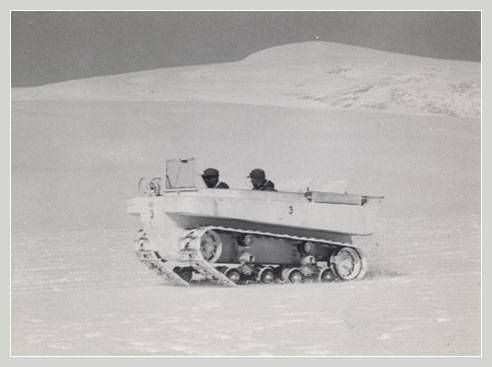 The T15 Prototype in testing. Photo: www.studebaker-weasel.com
The T15 Prototype in testing. Photo: www.studebaker-weasel.com
Civilian Use
With a large surplus supply, the United States sold off large quantities of the M29 to various countries, including Sweden, France and Norway. Many Weasels served in scientific Arctic expeditions, but their most famous use in civilian hands was at the 1960 Olympic Winter Games at Squaw Valley, California, USA.
The Automotive Company, Consolidated, sought to update the Weasel in 1960. They designed the ‘Sno T’rrain,” which was two Weasel chassis coupled together with fully enclosed canopies.
Today, there is a large community of Weasel collectors and restorers. As such, there are many running examples in private collections world wide.
Спецификация [ править ]
M29 Weasel на стоянке отеля Holiday Inn в Омахе
M29 Ласка
M29C Водяная ласка
SCR-508 Радио на ласке
- Общий
- Вес (боевой): 4,451 фунт (2,019 кг)
- Габаритные размеры при транспортировке:
- Дорожный просвет: 11 дюймов (280 мм)
- Давление на грунт : 13 кПа (1,9 фунтов на кв. Дюйм)
- Высота пиноли (загруженная): 27,125 дюйма (0,6890 м)
- Электрическая система: (вольт) 12
- Тормоза: Механические – внешнее включение дифференциала
- Трансмиссия: Скорости: 3
- Раздаточная коробка: Скорости: 2
Двигатель был Студебеккер Модель 6-170 Champion, 6-цилиндровый 4-тактный двигатель объемом 169,6 куб. См (2779 куб. См), работающий на бензине с октановым числом 72, мощностью 70 л.с. при 3600 об / мин. Запас топлива составлял 35 галлонов США (130 л). В средних условиях (обычно 5 миль на галлон) он может проехать 165 миль (266 км).
- Спектакль
| Максимальная градация: | 100% |
| Радиус поворота: | 12 футов (3,7 м) |
| Глубина преодолеваемого брода: | Будет плавать (M29C) |
| Максимальная ширина проезжей части траншеи: | 36 дюймов (91 см) |
| Максимальное вертикальное препятствие, которое автомобиль преодолеет: | 24 дюйма (61 см) |
| Максимально допустимая скорость: | 36 миль / ч (58 км / ч) |
| Максимально допустимая буксируемая нагрузка: | 3800 фунтов (1700 кг) |
USA (1942) Cargo Carrier – 15,892 Built
In 1942, the American Studebaker company based in South Bend, Indiana, famed for their luxury automobiles, answered a call for an armored vehicle capable of traversing deep Norwegian snow drifts for special forces operations. The vehicle became the M29 Weasel and went on to be a popular universal vehicle outside of its original intended use, akin to the British Universal Carrier. The M29 could traverse the hardest of terrains where wheeled vehicles could not go and saw service through the Second World War, the Korean War, the Vietnam War and saw use in the civilian sector.
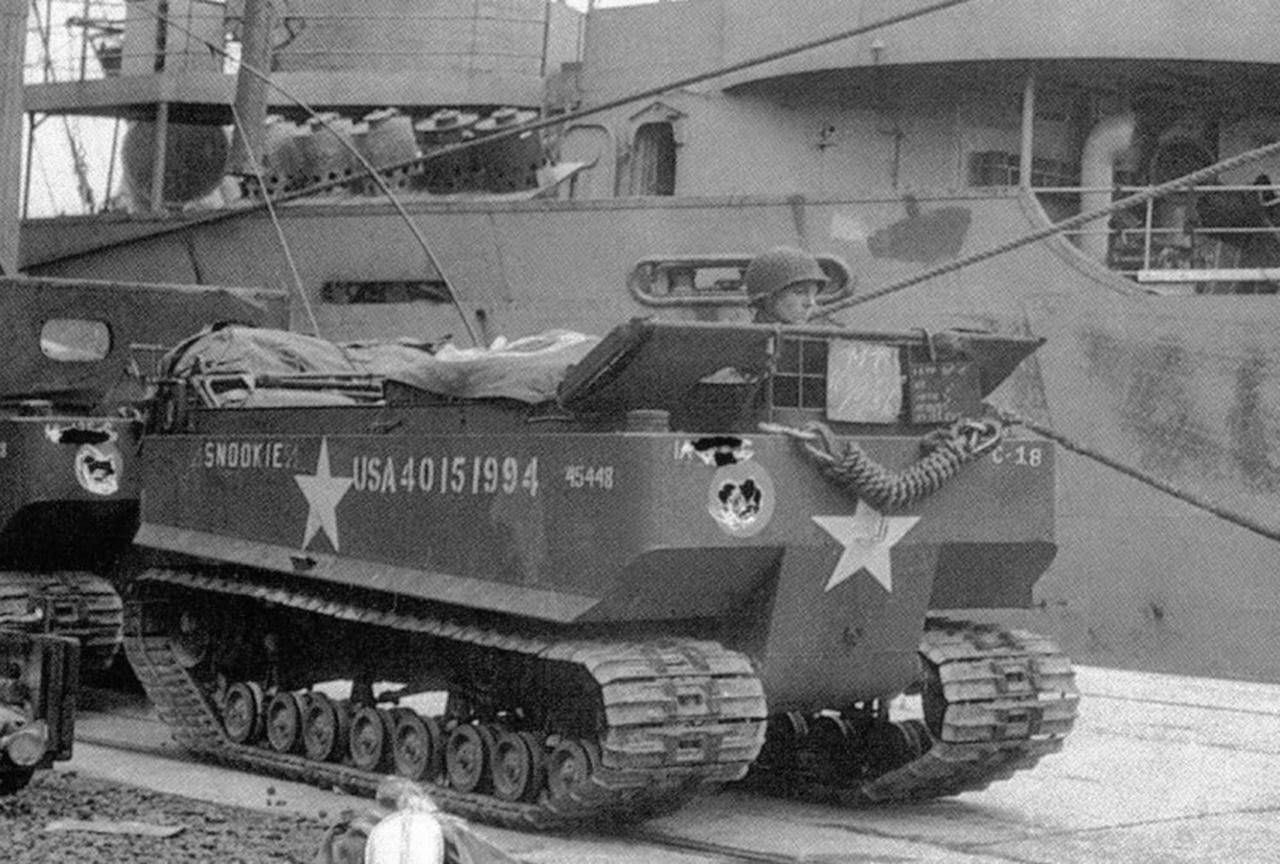 An M29 named ‘Snookie’, date and location unknown. Photo: www.studebaker-weasel.com
An M29 named ‘Snookie’, date and location unknown. Photo: www.studebaker-weasel.com


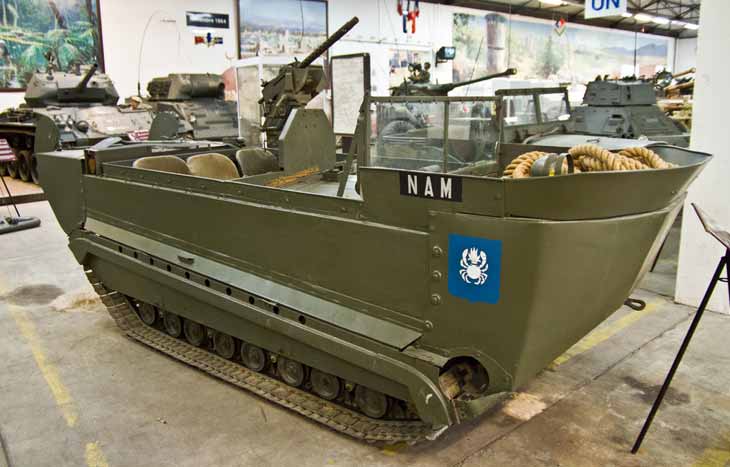
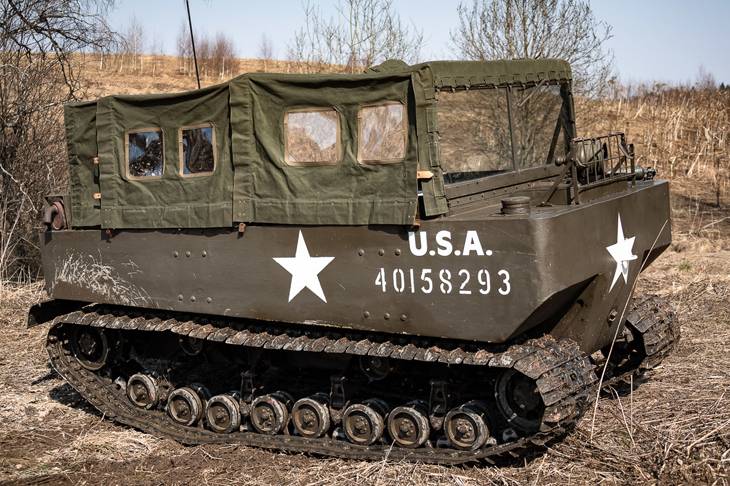
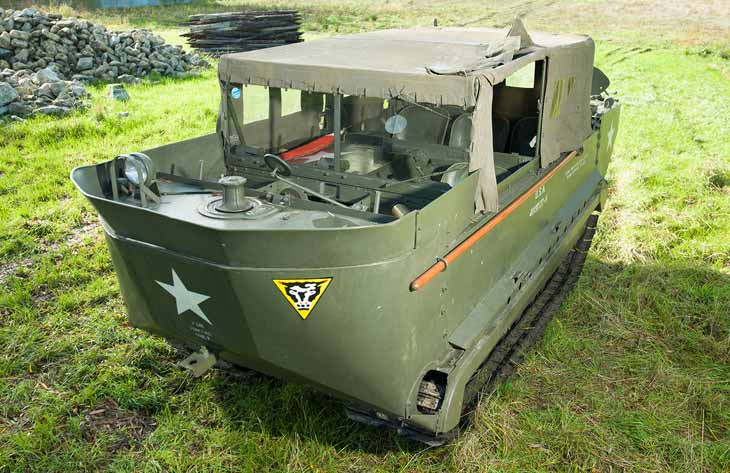
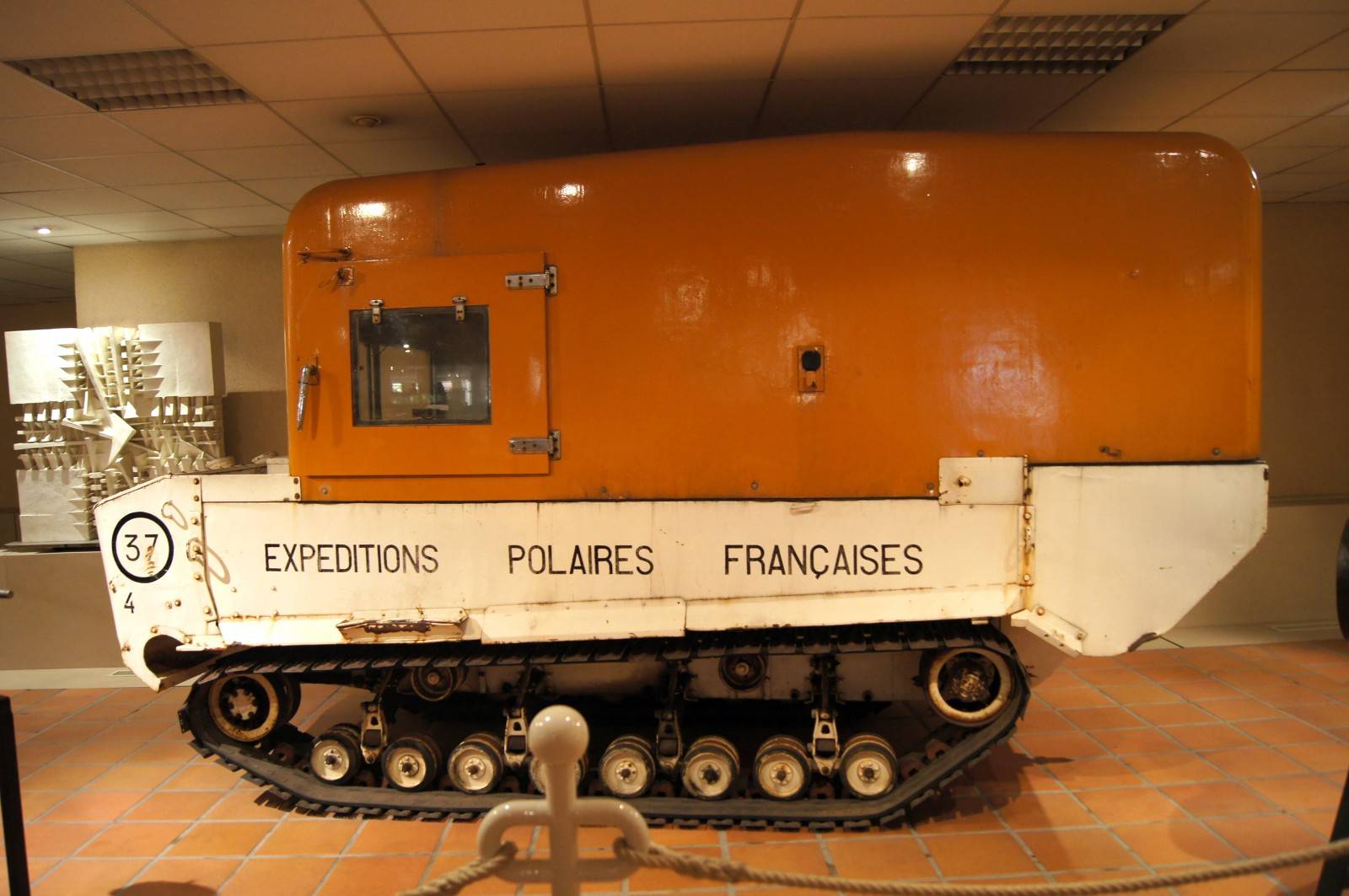
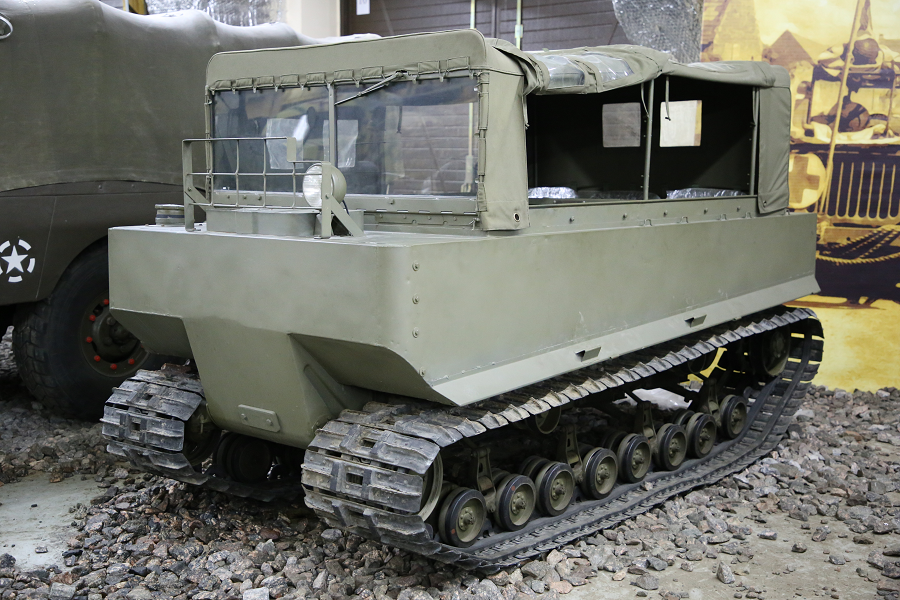
![M29 ласкасодержание а также дизайн и разработка [ править ]](https://nosoldat.net/wp-content/uploads/5/d/9/5d92332c87fbabfe513f102e06e1fb88.jpeg)
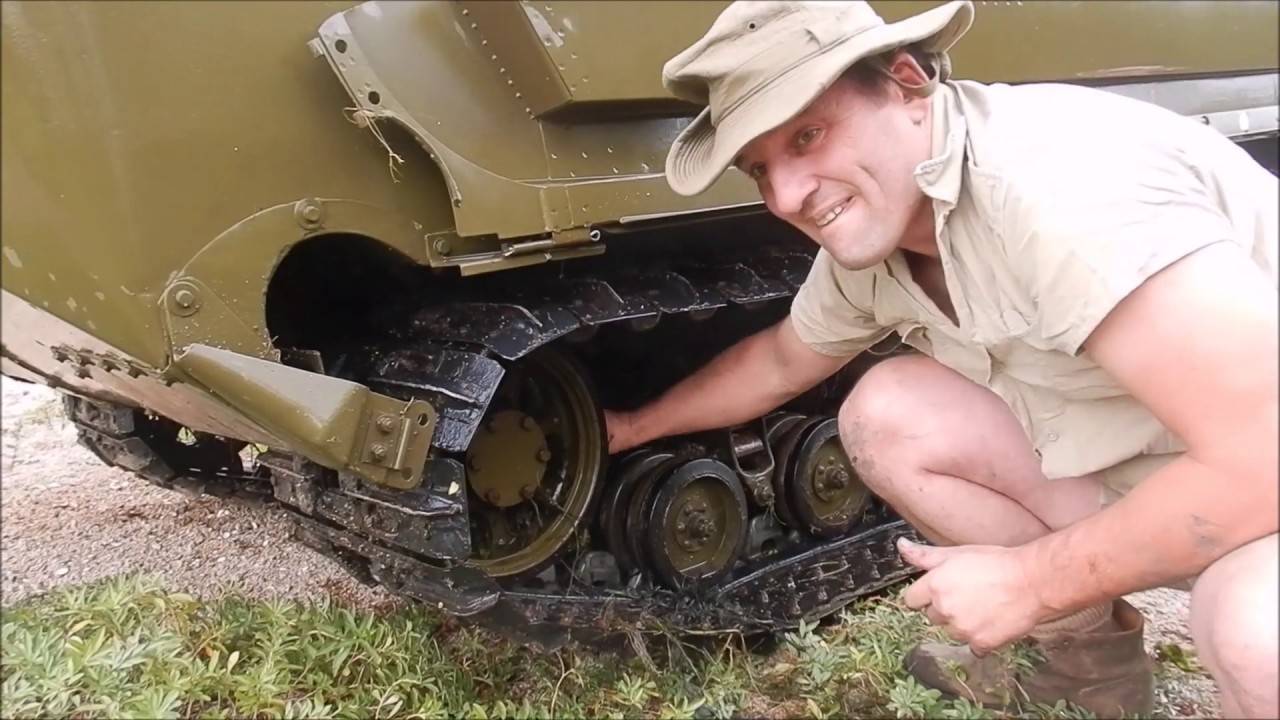
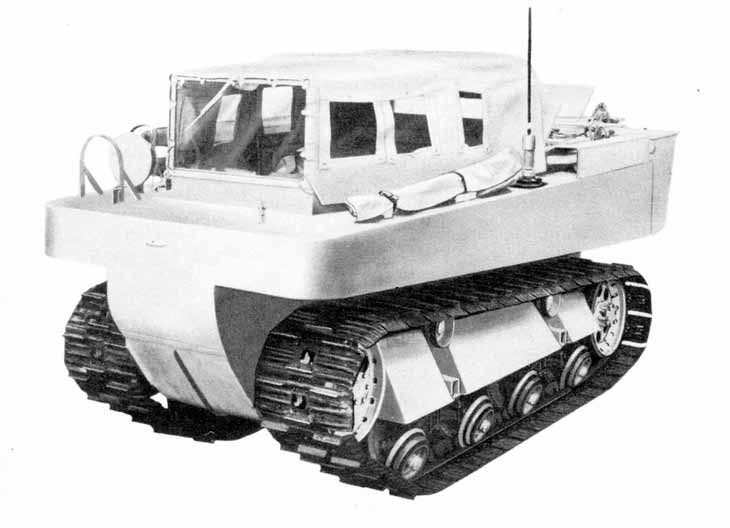
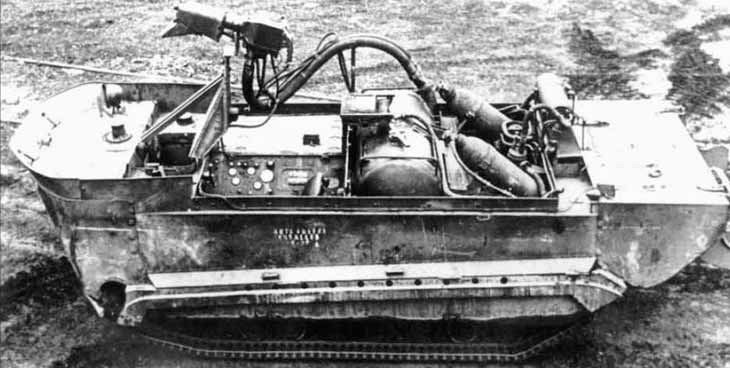
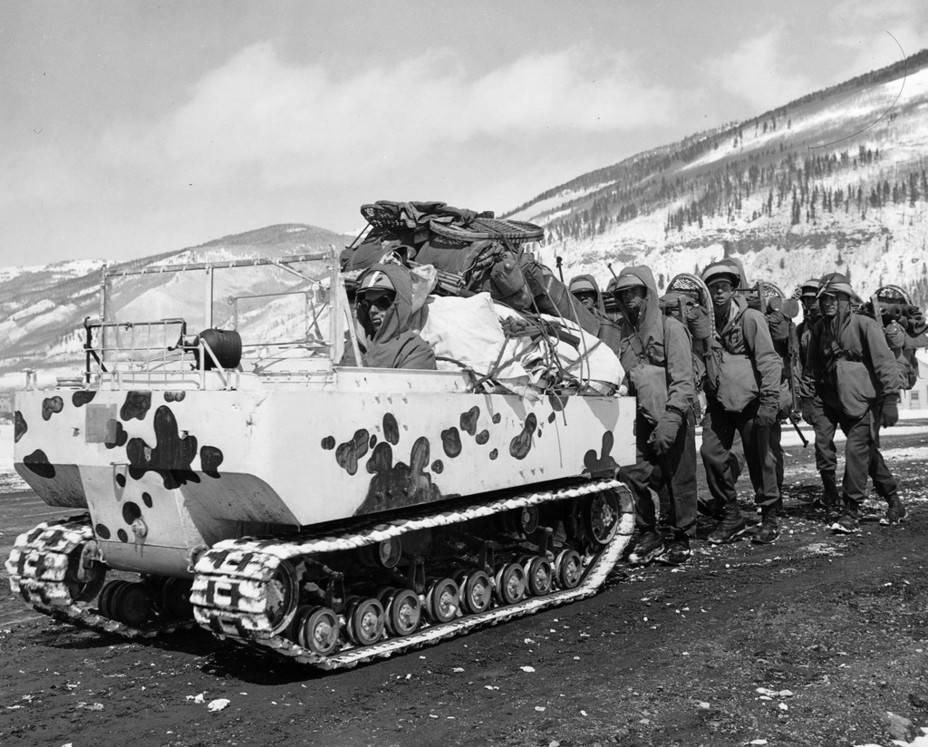
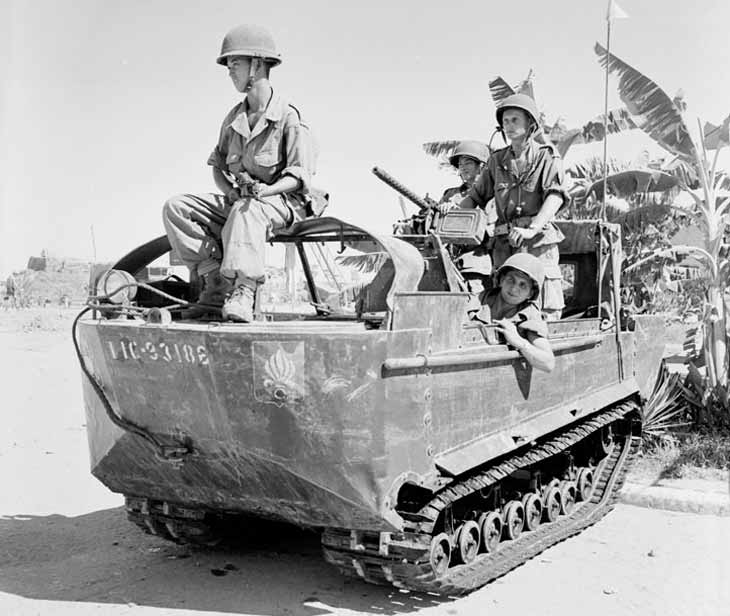
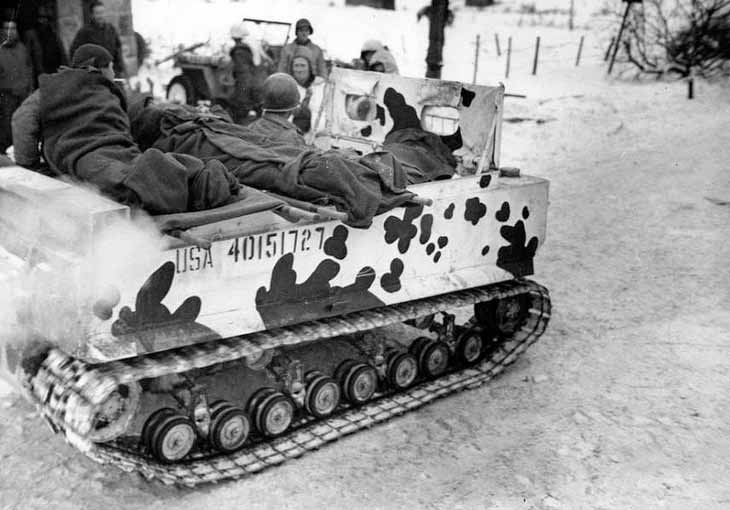
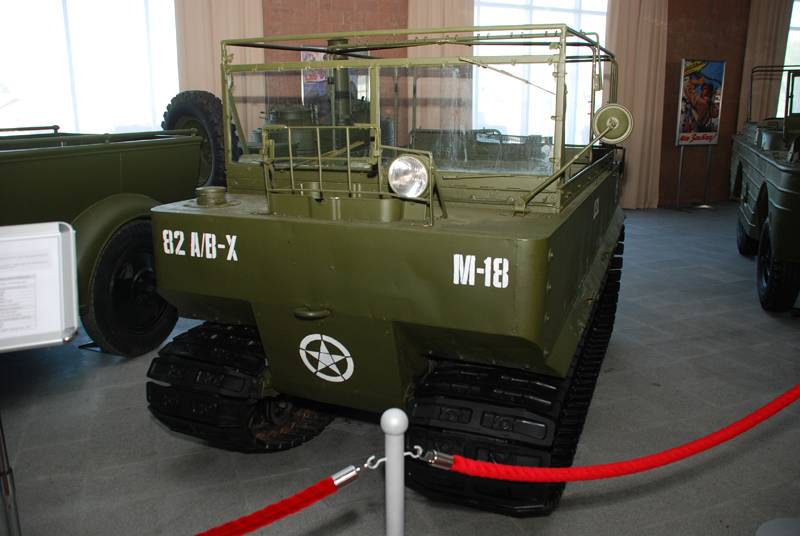
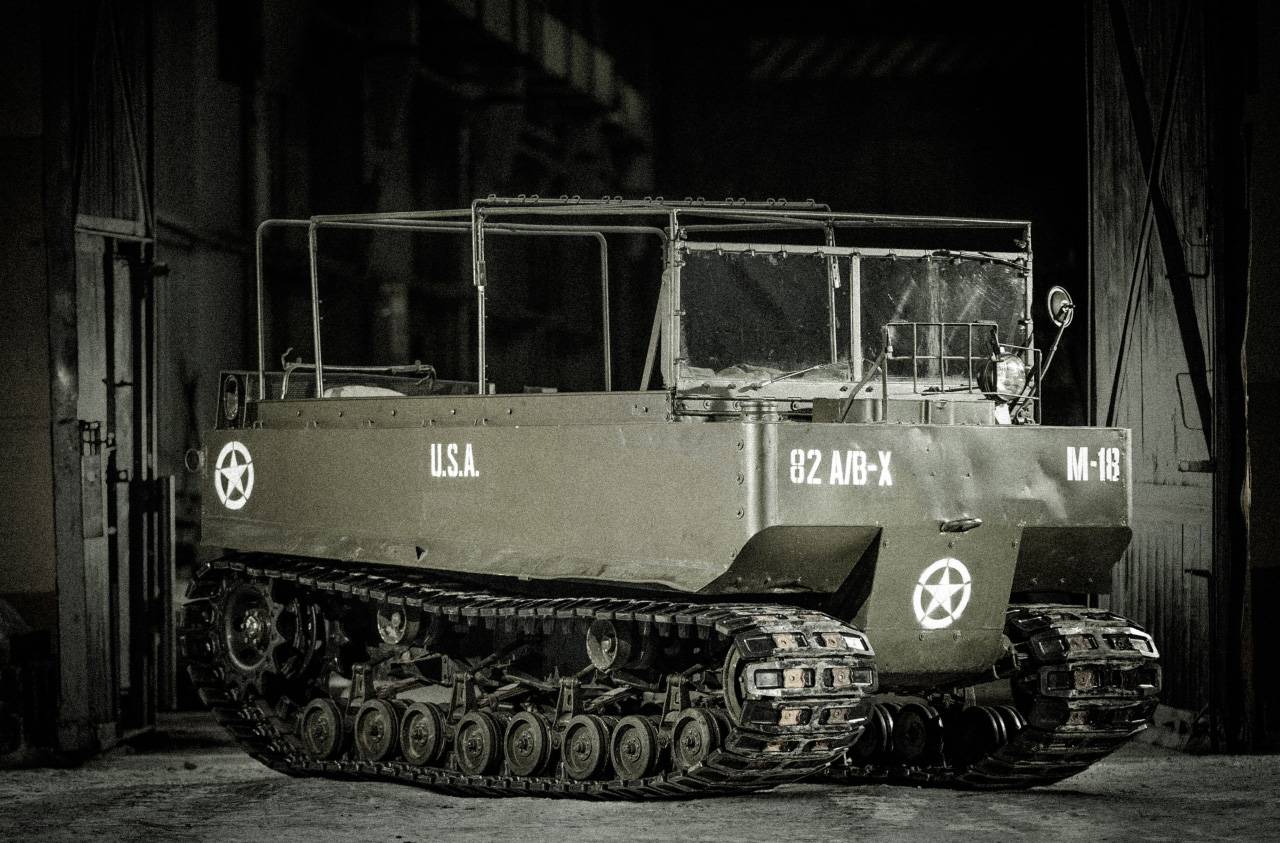
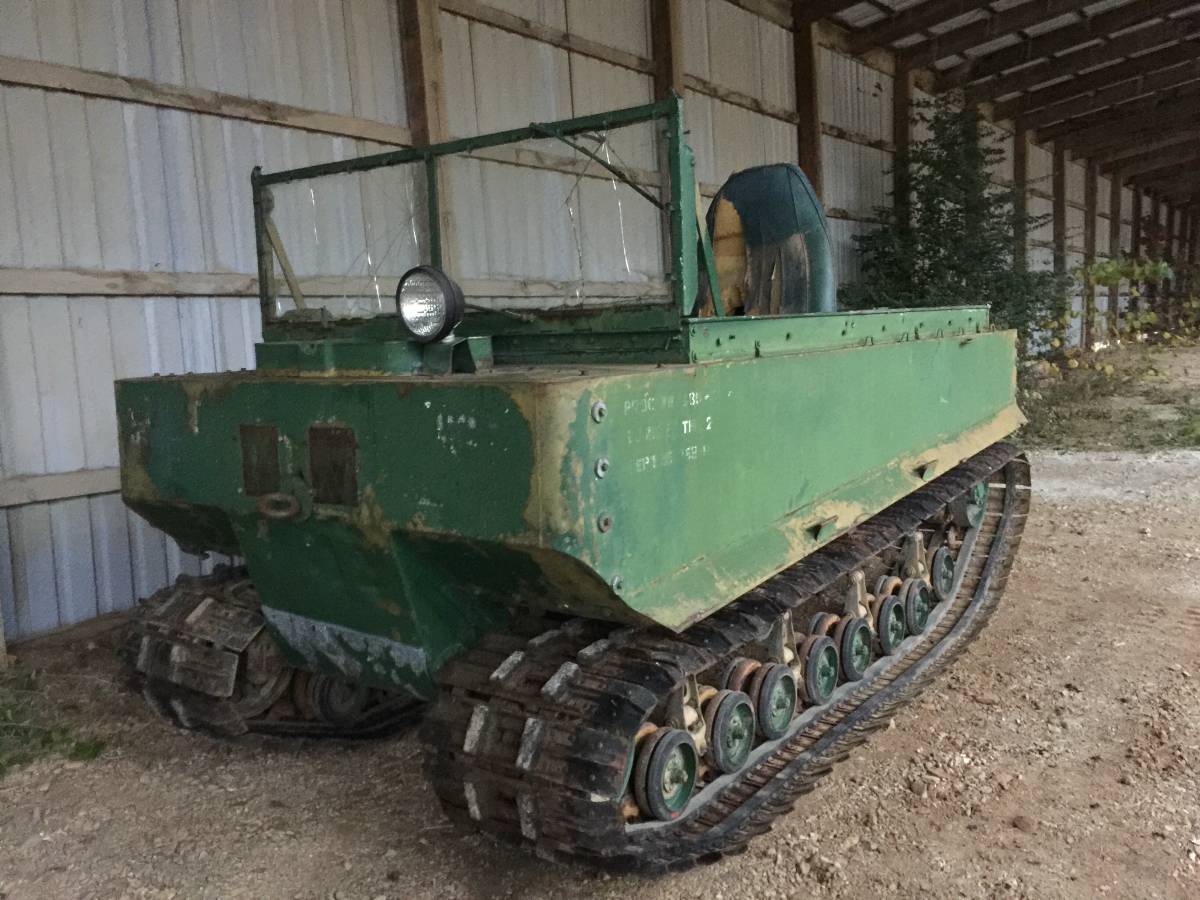
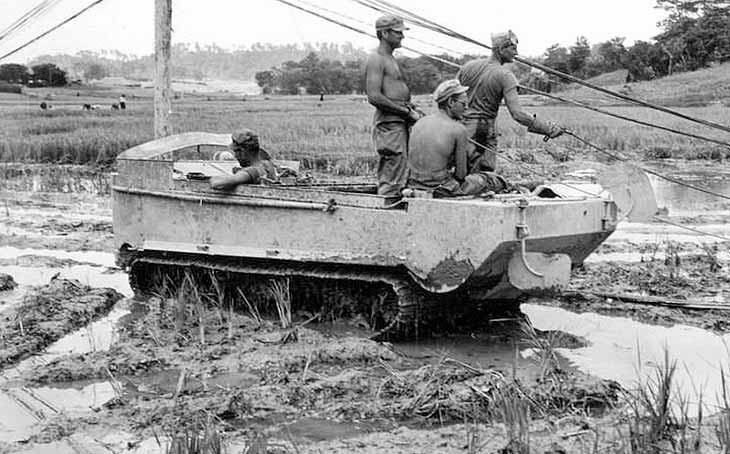
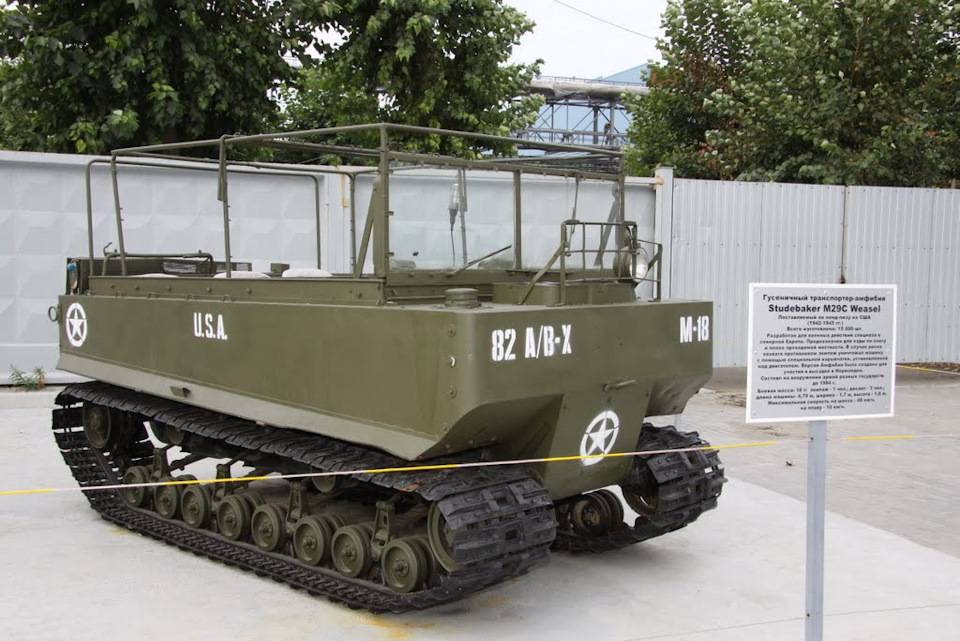
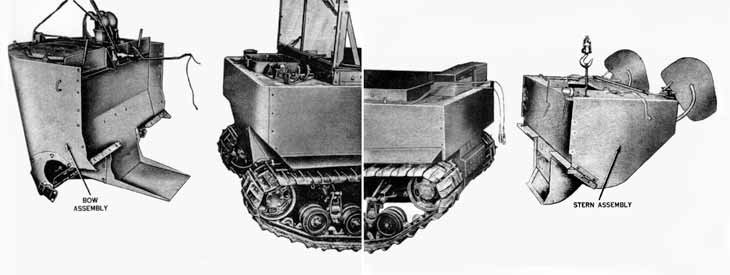
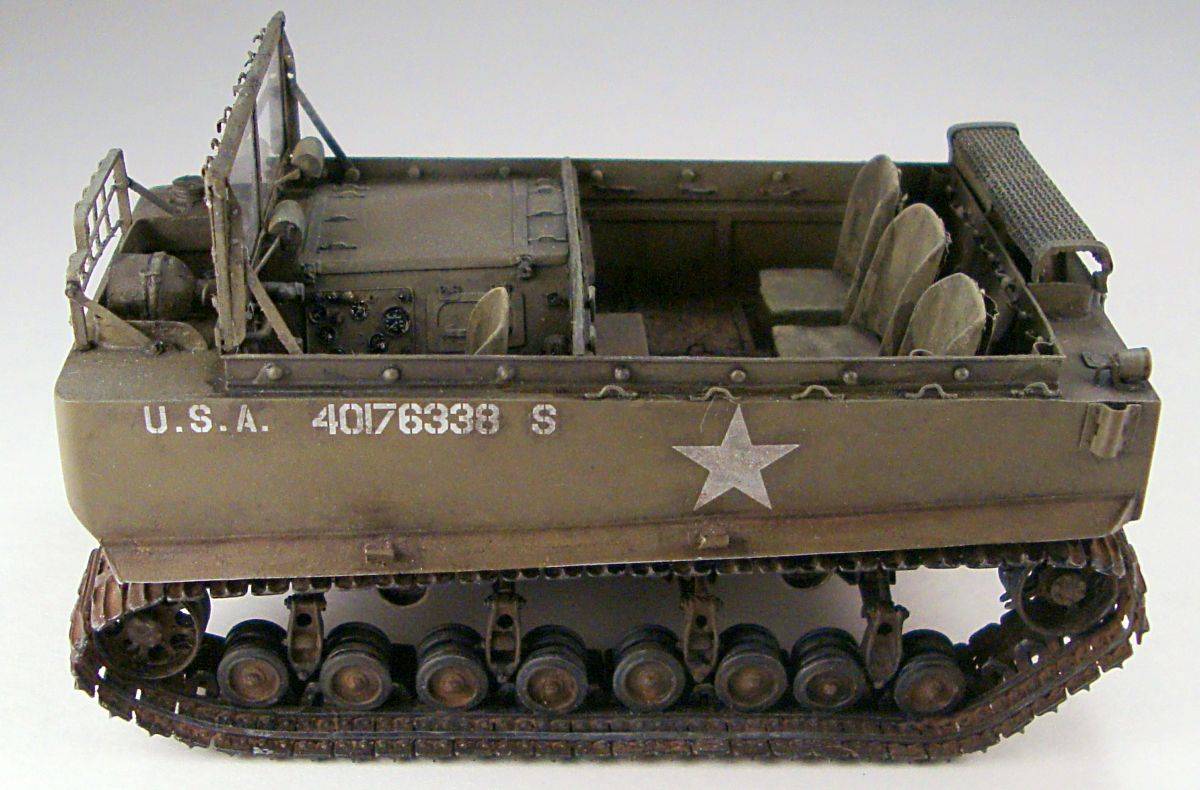
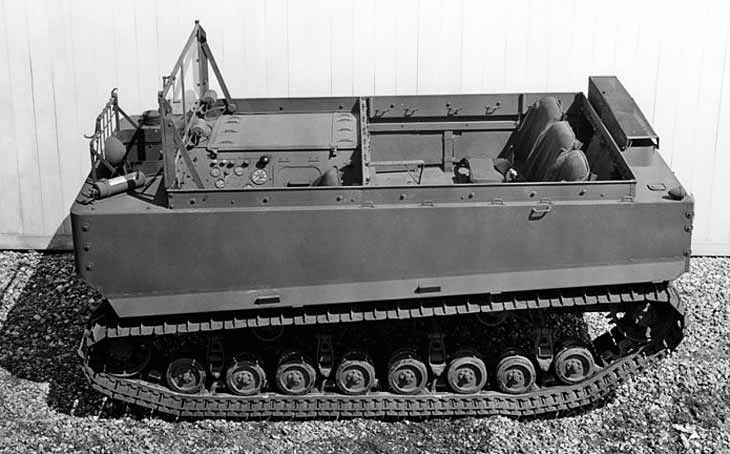
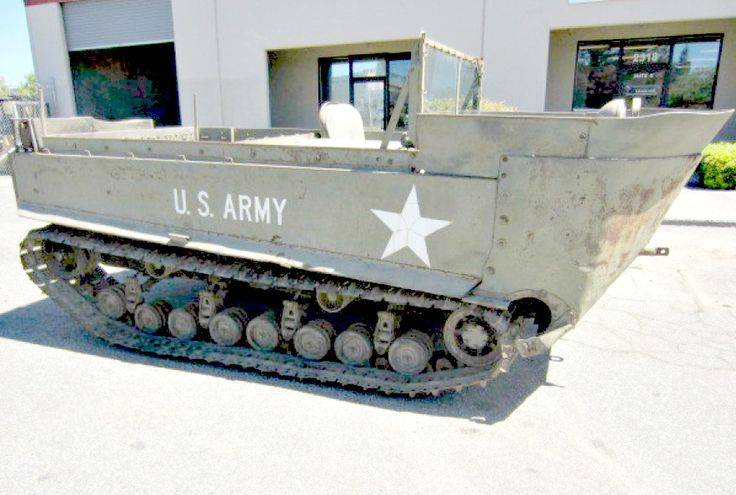
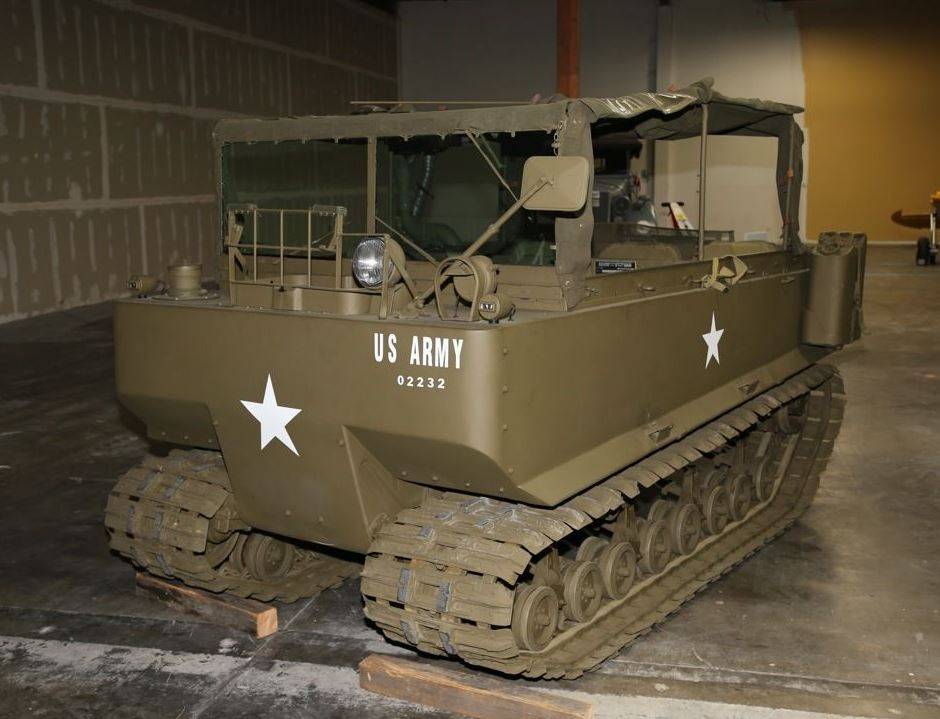
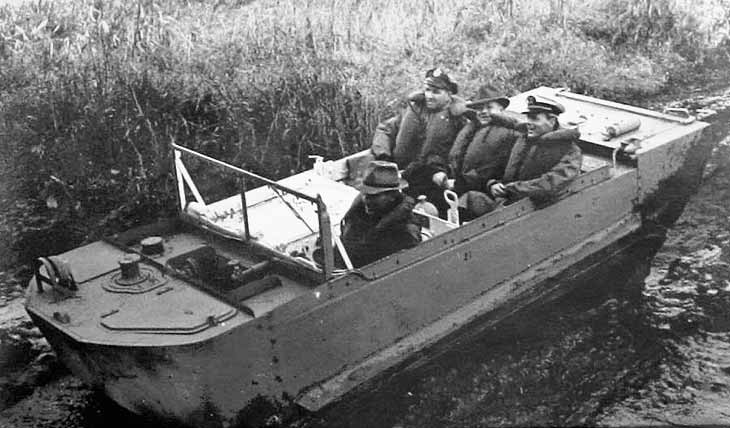
![M29 ласкасодержание а также дизайн и разработка [ править ]](https://nosoldat.net/wp-content/uploads/9/2/f/92f3c0d4dc57c56ae5cf49a95cdc30b9.jpeg)
